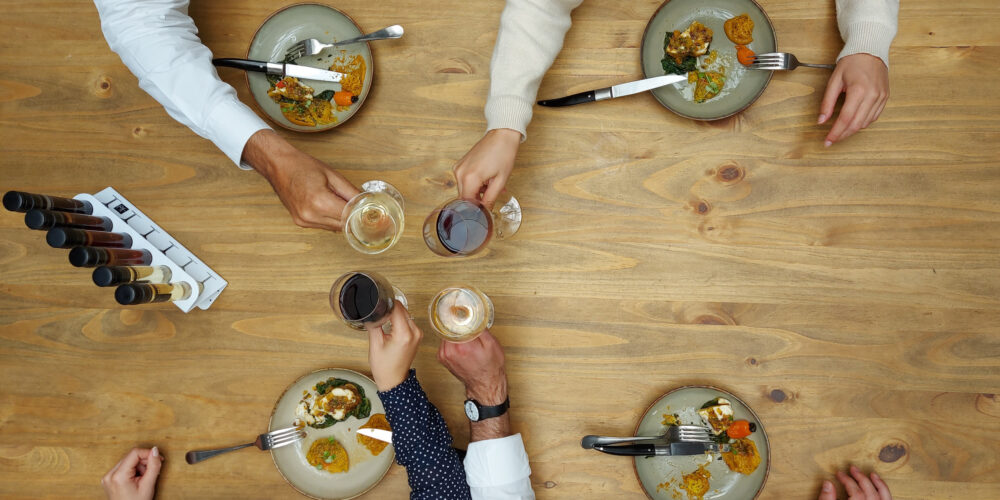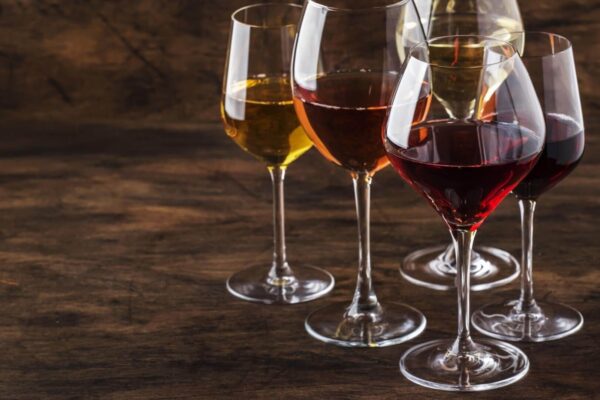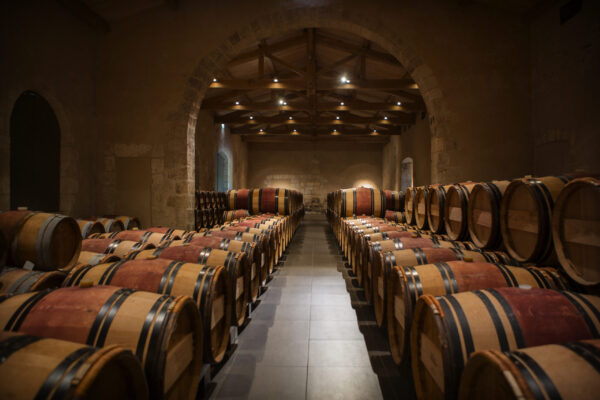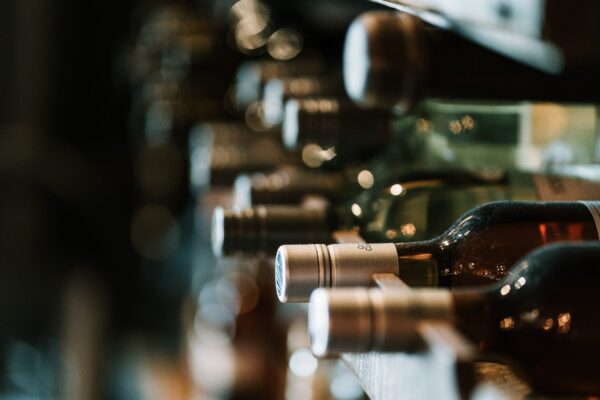For an exceptional moment or the most perfect gastronomic experience possible, it is essential to select wines that match the food you plan to serve. Pairing food and wine is often considered to be a complex art, but to make it easier French master sommelier Laurent Derhé shared his tips and advice with us in a fascinating interview. He talked to us about his passion for wine, and, above all, the importance of food and wine pairing which is too often overlooked.
Vertical and Horizontal Pairing
Although there aren’t really any rules governing food and wine associations, two basic approaches stand out: horizontal pairing and vertical pairing.
Vertical pairing consists of associating several wines and dishes, focusing especially on the service order so that a powerful wine is not served before a light wine, a sweet wine before a dry wine, a tannic wine before a supple wine, an old wine before a young wine, and so on.
Horizontal pairing, however, consists of trying to match a dish with a wine. The idea is to look for the wine that will marry best with the dish.
Complementary Pairings
The idea with this type of pairing is to ensure that a dish matches a wine by looking for similarities of taste and texture.
If you plan to serve a creamy and delicate dish, you would look for a wine that is also creamy and delicate. With a powerful and rustic dish on the other hand, you would aim for a powerful and rustic wine. The notion here is to look for harmony, balance and similar characteristics between wines. So let us now try to pick a good complementary pairing.
A complementary pairing with a creamy sauce, for example, would be a premium white wine, like a Meursault, which would share the richness, creaminess and silkiness that you find in a sauce made with cream.
Contrasting Pairings
It is, however, also possible to create pairings based on contrasting textures. If we use a similar example again, a rich wine with an oily character can be unpleasant with certain fatty foods, such as mayonnaise, for example, which is already rich and oily. A slightly drier wine, like a Chablis, makes a better pairing for mayonnaise, as it has the effect of refreshing the palate. A zippy white wine, with good acidity and nice freshness will counterbalance the oiliness of a mayonnaise.
Geographical Pairings
A regional approach to pairing can also be effective. Chicken in vin jaune and morel mushrooms can be stunning with a vin jaune, for example, as can a Chavignol goat’s cheese with a Sancerre, which are made nearby each other. However, caution should be applied with these rather historical pairings, which are unfortunately not always a good match, but which can be good place to look for ideas.
L’accord mets & vins est un exercice complexe qui nécessite un peu d’entraînement. Avec un peu de pratique, vous parviendrez à les maîtriser et ferez de belles découvertes gustatives. Le principal étant toujours, de vous faire plaisir 😊
To learn more
Deepen your knowledge of food and wine pairing with Laurent Derhé and discover how to match food and wine throughout a meal, from the starter to dessert. Read the article.



